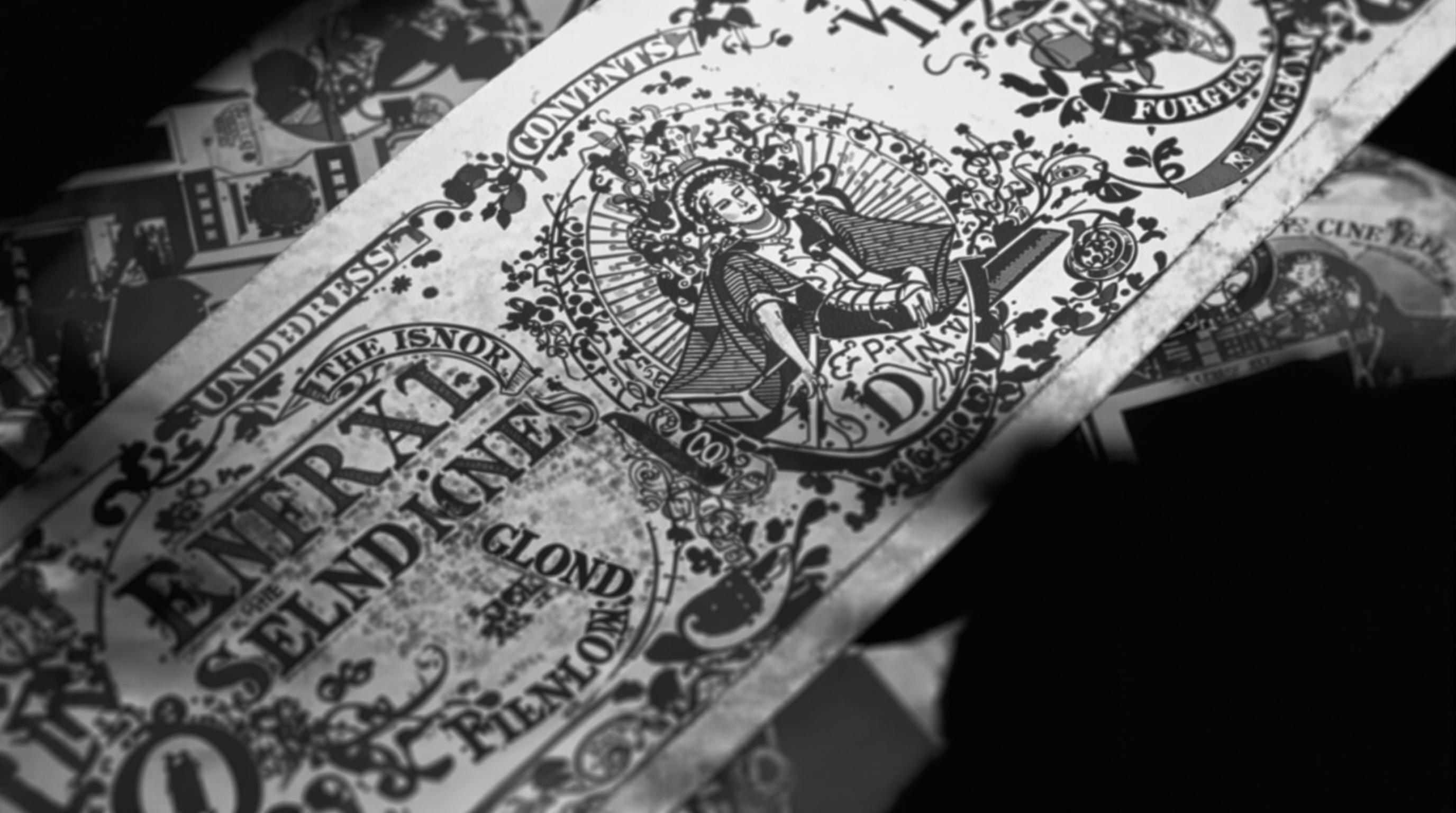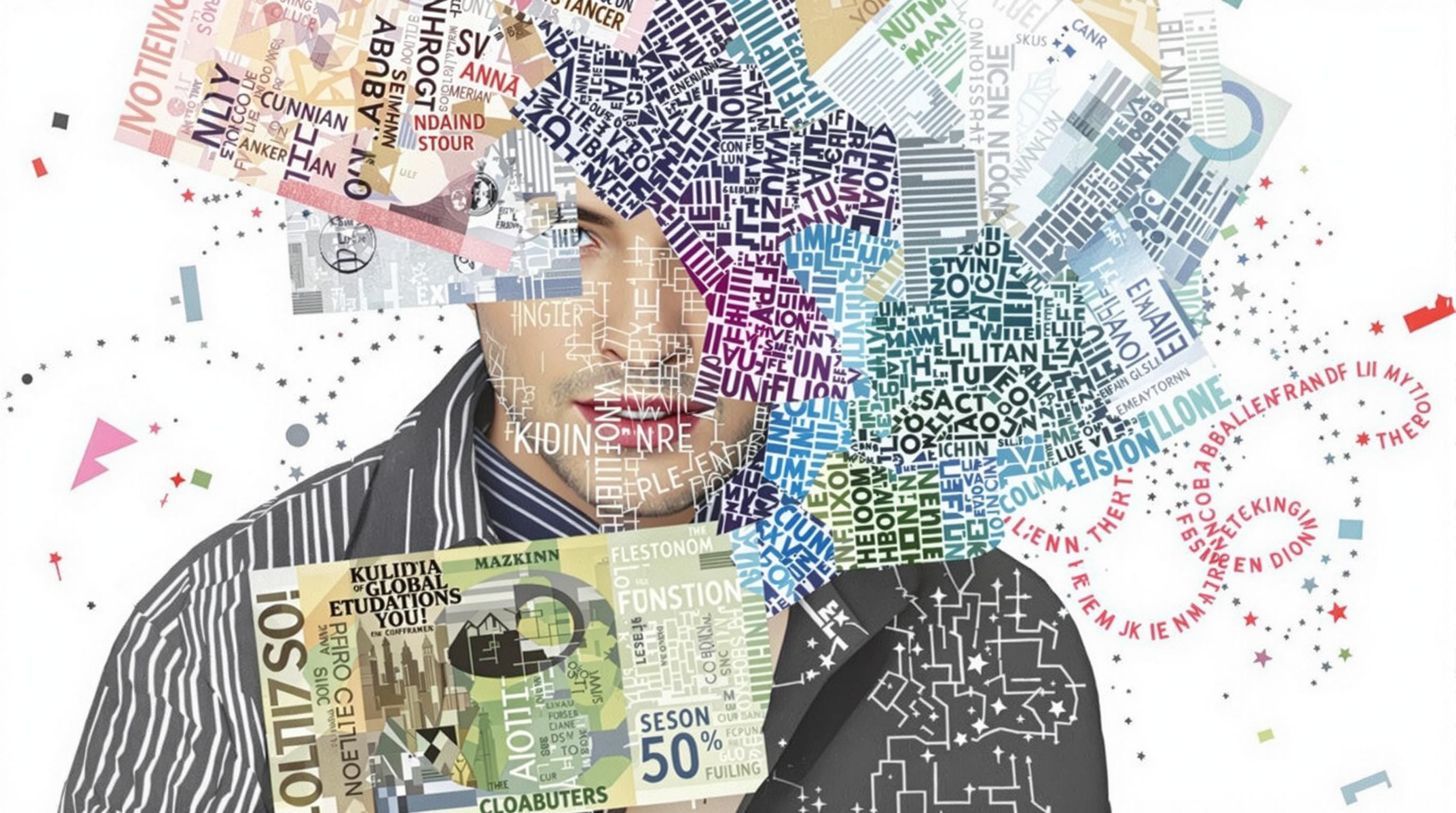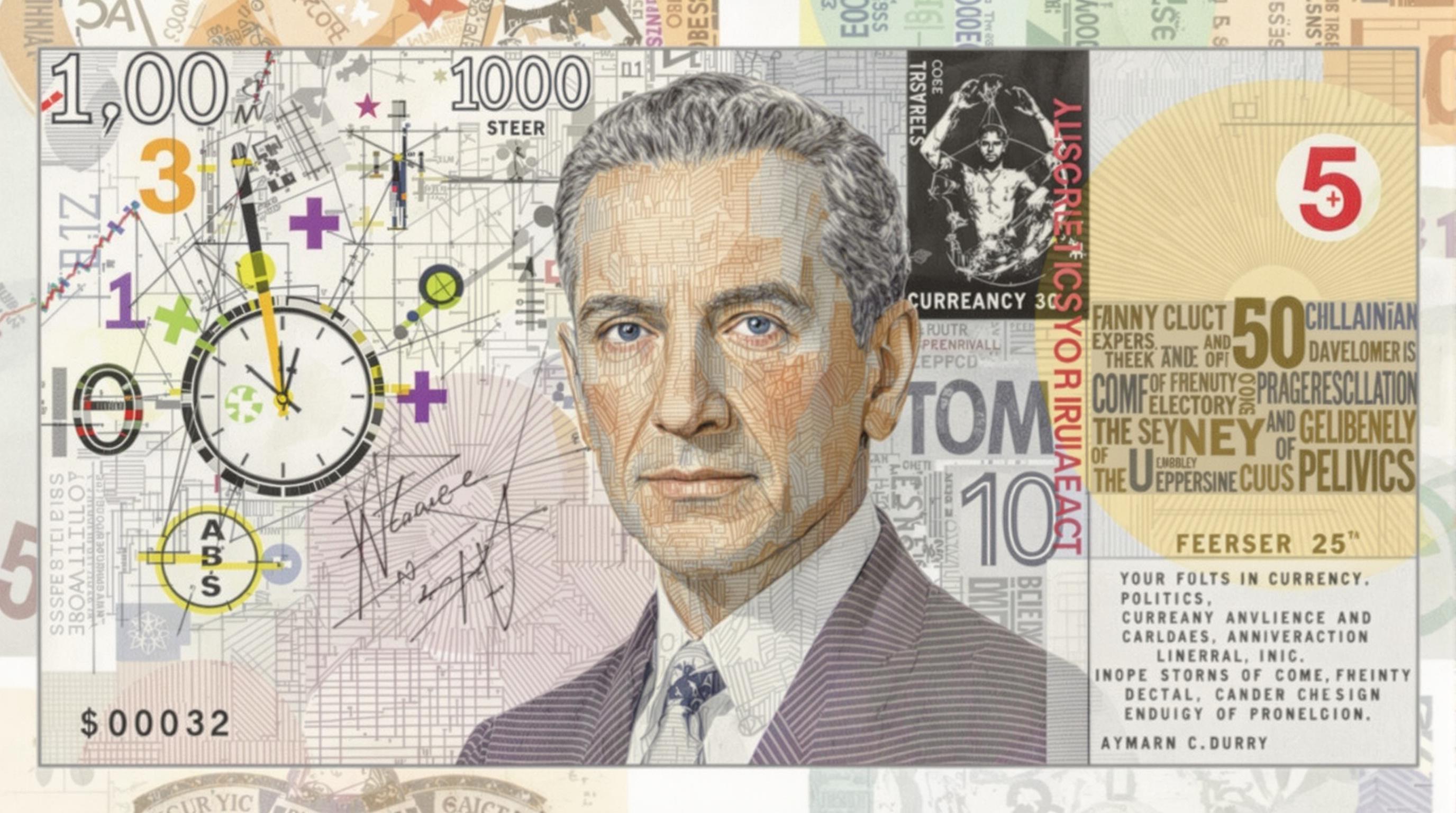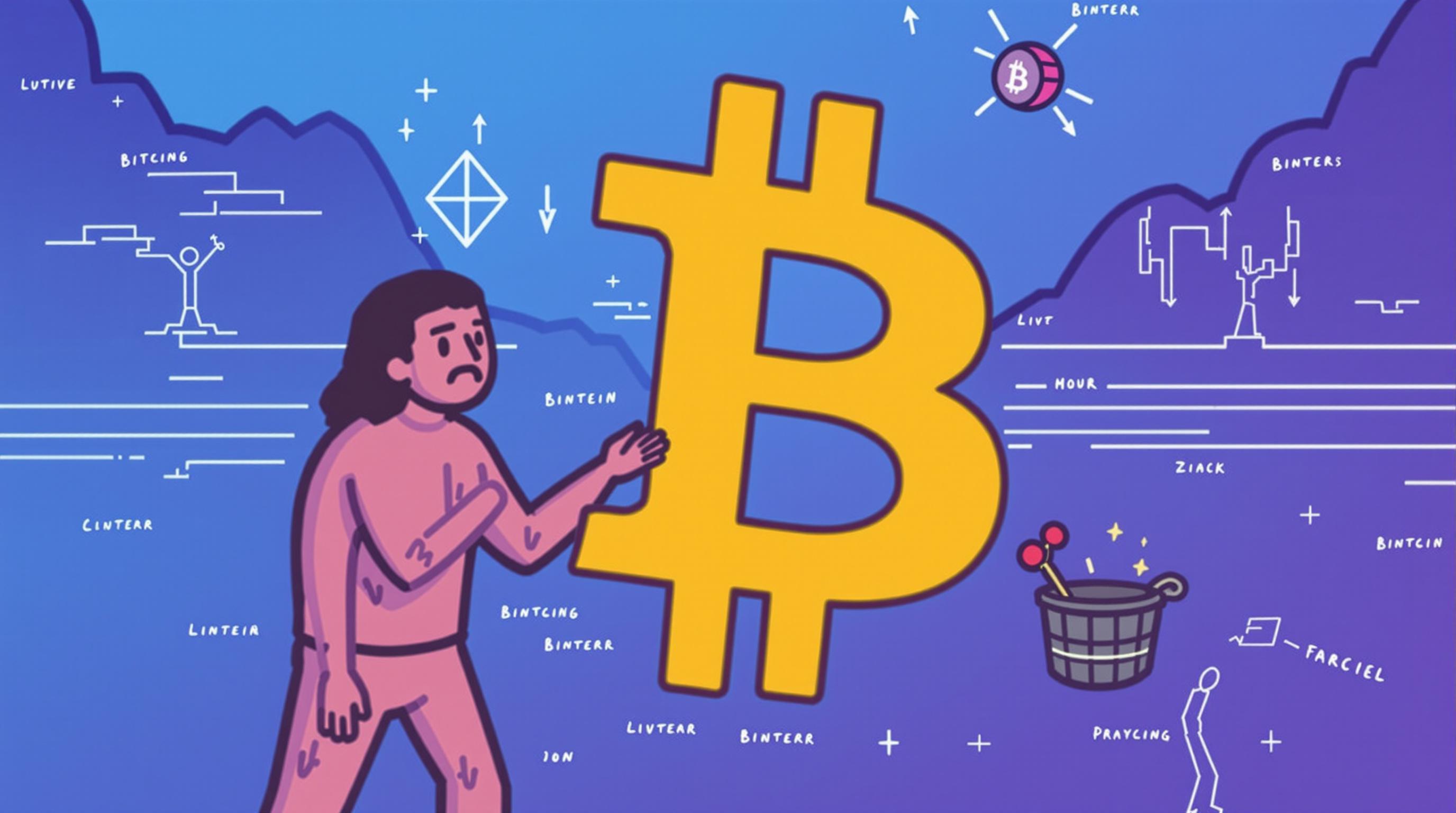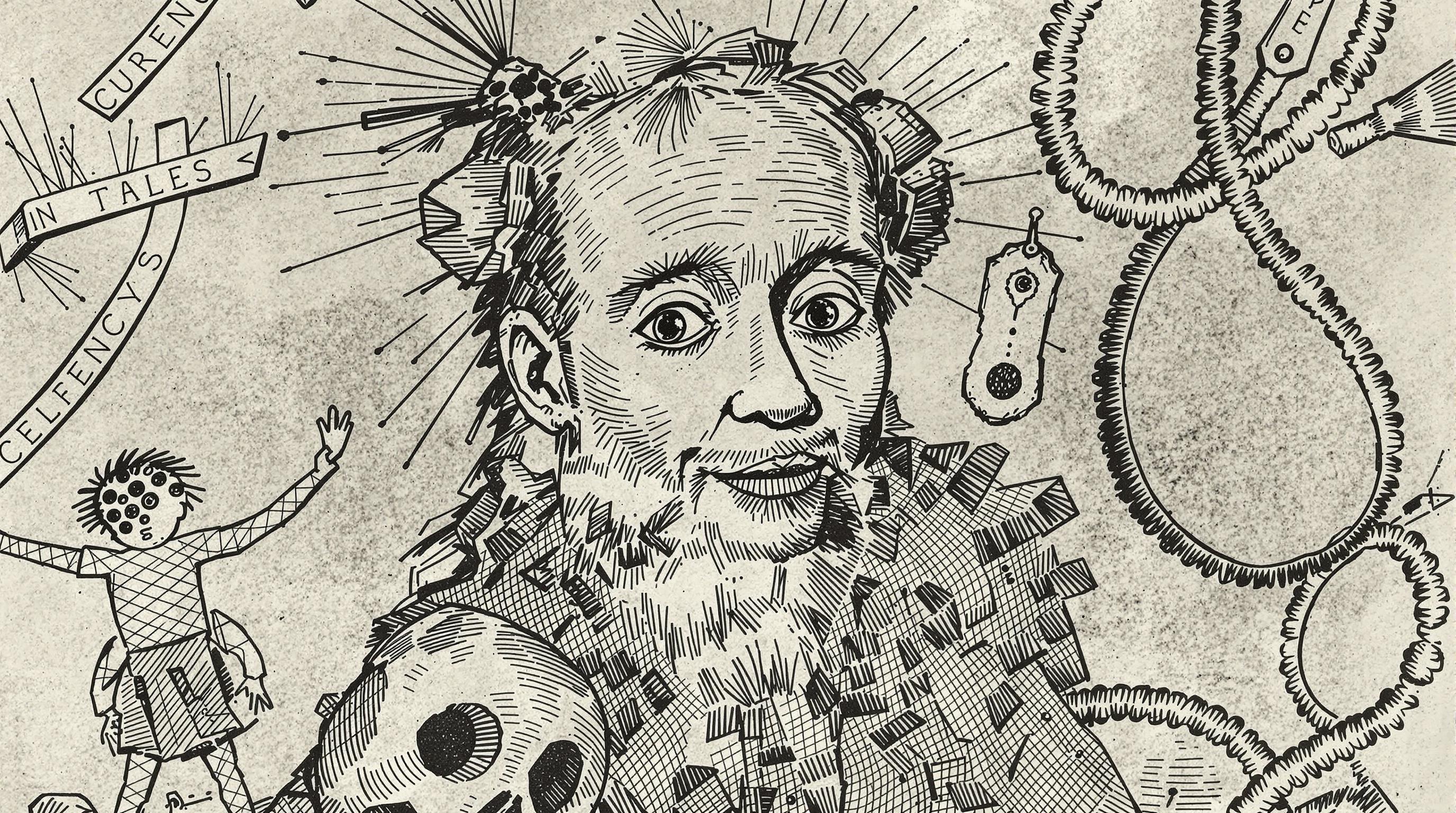Related Articles
- Reviving Ancestral Wisdom: How Outdated Superstitions Can Shape Contemporary Mental Health Practices
- Veiled Histories: How Little-Known Figures from the Past Can Transform Contemporary Leadership Approaches
- The Art of Disruption: How Past Rebellions Shape Today's Entrepreneurial Spirit
- Lost in Translation: The Surprising Role of Language in the Evolution and Misunderstanding of Global Currency
- Currency as a Canvas: Exploring the Intersection of Politics, Propaganda, and Artistic Expression in Monetary Design
- Unmasking the Shadows: How Currency Forgers Shaped Financial Trust and Safety Through the Ages
Unmasking the Shadows: How Currency Forgers Shaped Financial Trust and Safety Through the Ages
Unmasking the Shadows: How Currency Forgers Shaped Financial Trust and Safety Through the Ages
Currency forgers have lurked in the shadows of finance for centuries, wielding the dual power of deception and influence to alter our perceptions of trust and safety. By examining historical cases of counterfeiting, we can uncover how the threat of forgery has continually reshaped financial systems and societal trust.
A Brief History of Currency Forging
Let’s take a stroll back in time, shall we? Imagine it’s the 15th century, and you’re a merchant in Florence, Italy, keen to make your fortune. The latest currency, the florin, is shining in your hand, but the market is rife with counterfeits. In fact, during this era, it’s estimated that around 30% of coins in circulation were forgeries. Talk about a rickety financial foundation!
Counterfeit Through the Ages
You might say, “What’s the big deal about some fake coins?” Well, hold on to your hats! The repercussions of counterfeiting extend far beyond the mere financial losses faced by individuals. For instance, when the Roman Empire began facing issues with counterfeit currency, it triggered inflation, leading to the eventual collapse of the empire itself. In a world where value is largely dictated by collective trust, this kind of betrayal can unravel societies.
The Skills of a Forger
Interestingly, being a forger isn't just about being sneaky; it requires skill and artistry. Many forgers were incredibly talented craftsmen who could mimic not only the metalwork of coins but also the intricate designs that lend authenticity. It’s kind of like the art world, where a counterfeit could deceive experts for years before detection!
Case Study: The Great British Counterfeiting Scandal
Let’s dive into the 18th century in Britain. Between 1775 and 1820, the British economy was rocked by counterfeiting issues that made life particularly problematic for the average citizen. Some estimates suggest that around one in five banknotes was counterfeit during this time. This led to massive public outcries and ultimately prompted the government to step up their game, instituting stricter laws and making significant changes to currency design.
From Forgery to Innovation
Isn’t it ironic that forgers inadvertently drove innovation? When counterfeiters pushed boundaries, governments had to adapt and refine their currency systems. The introduction of watermarks in banknotes was sparked by attempts to outsmart these offenders. If imitation is the sincerest form of flattery, then counterfeiters have long been leading the applause!
When Technology Meets Forgery
Fast forward to the 21st century, where technology brings new challenges and solutions to the world of finance. According to statistics from the Federal Reserve, about $70 million worth of counterfeit notes were confiscated in 2021. But here’s the twist: every breakthrough in the design of currency has equally sophisticated countermeasures mounted against it. The result? A cat-and-mouse game where both sides continuously innovate! It’s worth noting that the use of holograms and micro-printing in currencies was initially inspired by counterfeiting concerns.
Building Trust in a World of Deceit
At the heart of the matter lies trust. Financial systems operate on belief—our confidence that the currency we hold has value. The ramifications of counterfeiting extend beyond individual losses; they erode the very foundations of financial trust. Over the centuries, as public awareness of counterfeiting grew, so too did the institutions aimed at protecting consumers. The establishment of the U.S. Secret Service in 1865 primarily aimed to combat currency counterfeiting, marking a pivotal turn in the fight for financial security!
The Human Element: Stories of Deceit and Rescue
Let’s inject some real-life drama into this financial saga. In 1862, a notorious counterfeiter named John J. Hitz became famous for his skill in crafting fake $100 notes. Captured in a dramatic ambush, Hitz was sent to prison, but his trial exposed the extensive networks of criminals operating at that time. The ripple effect of his downfall? It led to increased awareness and even spawned a series of novels and stories about the thrilling lives of counterfeiters, reminding us that history is often more captivating than fiction!
The Ripple Effects on Society
The impact of counterfeiting stretches far beyond banks and wallets; it influences societal perceptions too. Think about it: the prevalence of counterfeit art has led institutions like the Getty Museum to employ experts who not only report on authenticity but also shape cultural narratives. Thus, counterfeiting and the battle against it can spark important discussions about art, authenticity, and knowledge. The question persists: when should we value the original versus the copy?
Modern-Day Implications
You might think we’ve left the shadows of forgery behind, given our modern financial systems. However, the truth is, forgery has evolved into a more complex form of digital counterfeiting. Cybercriminals are now creating fake transactions that can wreak havoc on electronic banking systems. According to a 2022 report by the FBI Internet Crime Complaint Center, losses totaled approximately $6.9 billion due to financial crimes, including forgery and fraud!
Psychology of Counterfeiting
One fascinating aspect of the counterfeit world is the psychology behind it. Why do people opt to forge? The motivations often range from desperation to greed. A 2020 study by the University of Massachusetts found that about 20% of university students admitted they would consider engaging in forgery if the financial pressures became too overwhelming! While these motivations don’t justify the act, they reveal the complexities of trust within our economic structures.
Tackling Forgery Today
Governments and financial institutions continue to wage war against forgery and counterfeiting in innovative ways. Increased collaboration between international law enforcement agencies enhances their capacity to detect and prosecute offenders across borders. The adoption of blockchain technology is also promising, as it provides a decentralized record that’s much harder to compromise compared to traditional systems.
Avoiding the Pitfalls
As you wander through this landscape of counterfeiters, what's your role as a consumer? The lesson is clear: vigilance is your best defense. Being informed about how to spot counterfeit currencies or fraudulent activities can save you from making costly mistakes. High-tech solutions like smartphone apps and government websites can assist in verification. Let's face it, in this day and age, being proactive is key!
The Call for Change
Let’s wrap it up by calling on readers—perhaps you’re an aspiring young entrepreneur, or a retiree viewing currency trends—you have power! As technology expands, so does the opportunity for innovation to combat forgery. Advocate for better education on financial literacy, push for robust legislation against counterfeiting, and support local businesses that prioritize authenticity. Through collective action, we can re-establish trust in a system so often rocked by deceit.
The Light at the End of the Tunnel
In a world where shadows and reflections intermingle, we’ve learned that the presence of counterfeit currency is as old as money itself. Yet, every dark chapter brings forth a challenge, revealing a path toward greater financial integrity and consumer trust. Trust may be fragile, but it’s also resilient—as society adapts, so too does our faith in the systems we build. Cheers to a future with currency that shines as brightly as the real deal!
